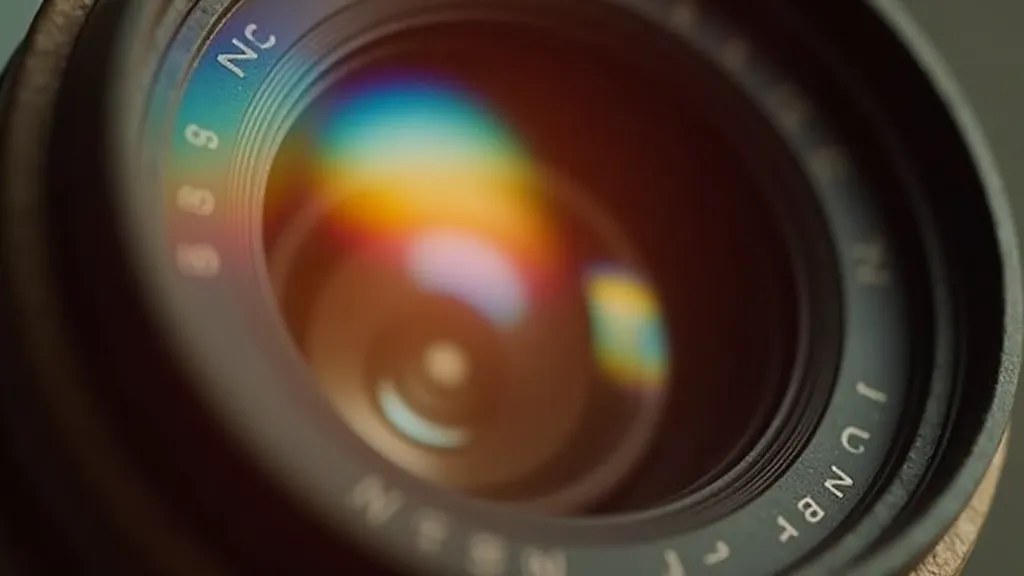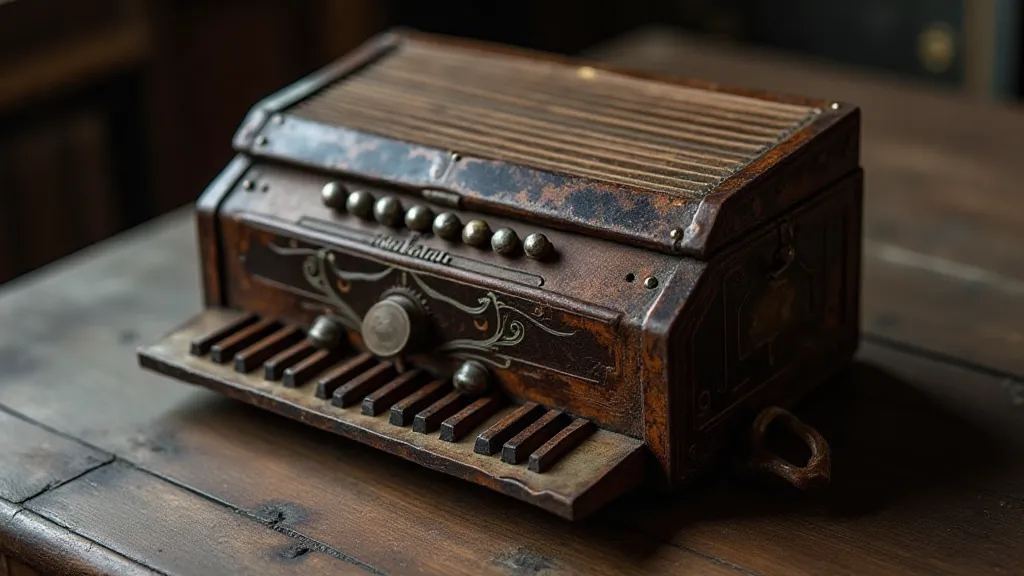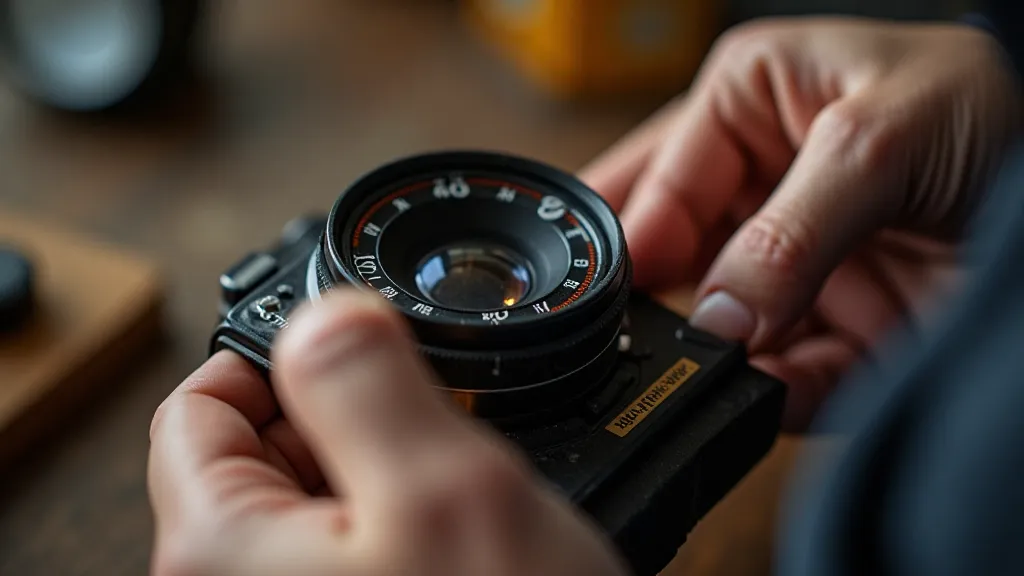Chromatic Aberration & the Art of Ambiguity
There’s a certain melancholy inherent in holding a vintage camera. It’s not just the age, the potential for fragility, but the quiet testimony it holds—millions of moments captured, lives lived, stories untold. I recently inherited my grandfather's bellows camera, a massive, imposing thing that felt as much a piece of furniture as a photographic tool. Dust coated every surface, the leather cracked and brittle, and the rangefinder felt sticky. It was, in its current state, a heartbreaking reminder of time’s relentless march. But within that decay, I sensed something else: possibility. The possibility of bringing it back to life, and the potential to understand the unique character imprinted upon its images.
My initial plan was simple: clean, lubricate, and get it firing again. But as I disassembled it, examining the beautifully crafted lenses—each a testament to the skill of the optician—I started to appreciate a more nuanced aspect of these antique instruments. They weren’t perfect. Far from it. And one of their most defining, and often dismissed, imperfections is chromatic aberration.

Understanding Chromatic Aberration
For those unfamiliar, chromatic aberration is a lens defect where different wavelengths of light (red, green, blue) don't converge at the same focal point. This results in a colored fringe, usually magenta or cyan, appearing around high-contrast areas in an image. Modern lenses are corrected for this aberration, rendering images with sharp, clean edges. But in vintage lenses, it's a prominent feature. It was, frankly, an unavoidable consequence of the glass-making technology of the time.
Early photographers were aware of chromatic aberration, of course. They experimented with aperture settings, lens combinations, and even post-processing techniques (think manual dodging and burning) to minimize its impact. But even the best efforts couldn’t entirely eliminate it. This isn't a sign of inferiority; it's a characteristic, a fingerprint left by the era in which the lens was manufactured. Imagine a skilled musician finding a slight imperfection in a cherished instrument—a unique resonance—and using it to shape their performance. Similarly, vintage photographers learned to embrace, or at least work with, chromatic aberration, integrating it into their artistic vision.
The Emotional Resonance of Imperfection
There's a compelling argument to be made that this very imperfection lends a distinct emotional quality to vintage photographs. The sharpness and clinical perfection of modern digital images, while impressive, can sometimes feel sterile, lacking in character. The subtle color fringing of a vintage lens, on the other hand, can evoke a sense of nostalgia, dreaminess, or even a melancholic beauty. It softens the edges, whispers of a bygone era. The colors, slightly off, create an atmosphere that digital processing struggles to replicate.
Think about antique accordions. The slightly detuned notes, the subtle imperfections in the bellows, the feel of the aged wood—these aren't flaws to be corrected. They are integral to the instrument's charm and the unique sound it produces. They tell a story of countless performances, of hands that have coaxed music from its keys, of lives touched by its melodies. The same is true of vintage camera lenses; the chromatic aberration isn't a defect, it’s a memory, an echo of the past.

Harnessing Ambiguity in Photography & Writing
Beyond its aesthetic appeal, chromatic aberration can be a powerful tool for creating ambiguity and intrigue. By strategically employing it, a photographer can subtly shift the viewer's perception, blurring the lines between reality and interpretation. The color fringes can soften details, making objects appear less defined, more dreamlike. They can suggest a sense of mystery, leaving room for the imagination to fill in the blanks. A landscape, subtly fringed with color, might feel less like a record of a specific place and more like a memory, a feeling, an impression.
This principle isn’s limited to photography. The same holds true for writing. Just as a photographer can use chromatic aberration to blur the details, a writer can use ambiguous language, evocative imagery, and unresolved plotlines to create a sense of uncertainty and intrigue. Leaving questions unanswered, hinting at deeper meanings, allowing the reader to actively participate in the construction of the narrative—these are all techniques that harness the power of ambiguity.
Consider a character’s motivation—leaving it unclear whether their actions are driven by altruism or self-interest—or a setting that is intentionally vague, blending elements of reality and fantasy. These moments of ambiguity create a richer, more rewarding experience for the audience, prompting them to engage with the work on a deeper, more personal level.
Restoration vs. Preservation: The Ethical Dilemma
This leads to an interesting ethical question when it comes to restoring vintage cameras and lenses. Should chromatic aberration be corrected? Modern restoration techniques *can* minimize or even eliminate it. However, doing so removes a crucial part of the lens’s character, effectively erasing a piece of history. Is it more valuable to preserve the original imperfection, allowing the lens to continue telling its story, or to restore it to a state of "technical perfection?"

I'm leaning towards the latter. In restoring my grandfather's bellows camera, I'm opting for minimal intervention. Cleaning the lens elements carefully, lubricating the moving parts, and ensuring the mechanics function smoothly – these are all essential steps. But I'm resisting the urge to apply filters or coatings that would eliminate the chromatic aberration. I want the images to retain the unique character, the subtle imperfections that speak to the camera’s age and history.
Ultimately, the decision of whether or not to correct chromatic aberration is a personal one. But I believe that appreciating its inherent beauty and understanding its historical significance can enrich our understanding of photography, not just as a technical art, but as a powerful form of storytelling.





